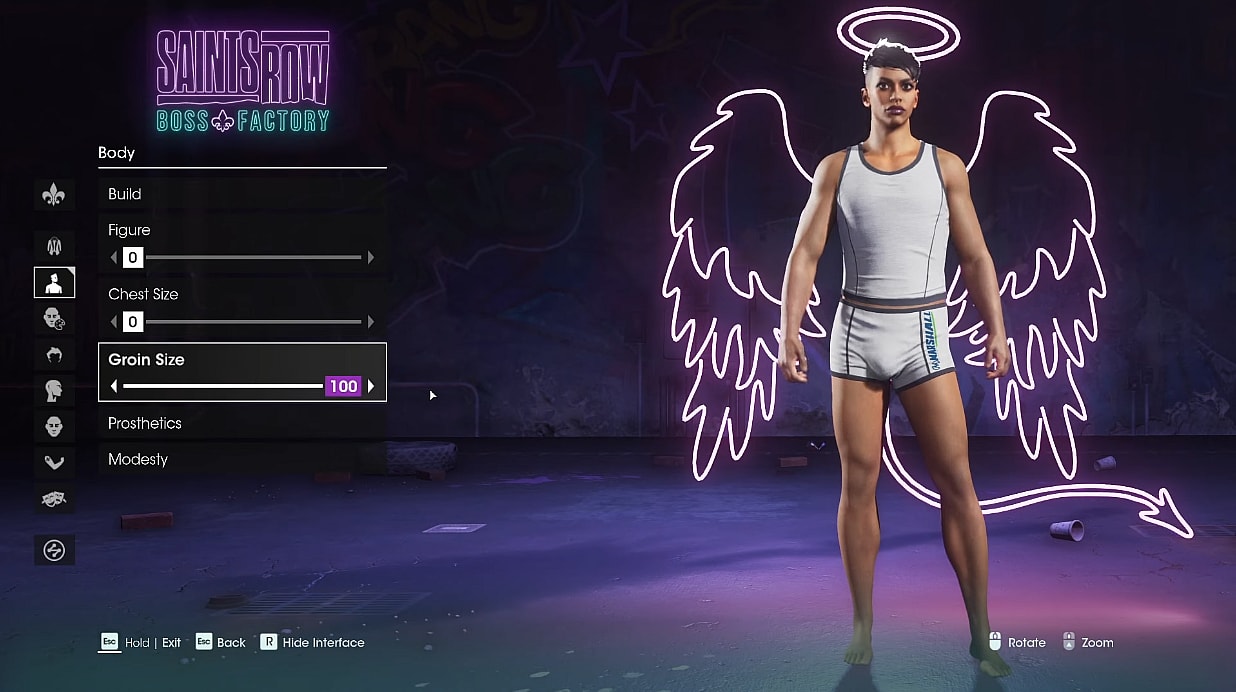‘Dragon Quest’ Creator Yuji Horii Slams The Use Of ‘Body Types’ Over ‘Gender’ In Video Game Character Creators: “Who On Earth Would Complain If We Made Them Male And Female?”

In the opinion of Dragon Quest creator Yuji Horii, the video game industry’s ever-growing use of ‘Body Types’ over ‘Gender’ in custom character creators is not only unnecessary, but is also being done in order to address a problem that is ultimately non-existent.

As seen in such titles as Jagex’s Old School RuneScape, Krafton Inc.’s inZOI, and Square Enix’s upcoming HD-2D Remake of Horii’s own Dragon Quest III, recent years have seen a number of developers replacing removing the option for players to create custom characters according to the male/female binary and instead renaming their gender options as ‘Type 1’ and ‘Type 2’, all in the name of supposed inclusivity.
Some games, such as Nintendo’s Pokémon Go and Volition’s Saints Row (2022), take this effort a step further by completely eliminating the need for players to select between such a binary, with their character creators instead tasking players with simply using sliders to adjust the features on a generic body model.

And while such ‘inclusive character creators’ regularly receive praise from many across the video game industry, whether they be developers, press members, or even content creators, Horii says he feels nothing but confusion towards the entire concept.
The esteemed RPG designer offered his take on this DEI-centric approach to character customization during a recent interview given to Japanese video game news outlet Den-fami Nico Game Magazine alongside former Shonen Jump Editor-in-Chief Kazuhiko Torishima during the recent 2024 Tokyo Game Show.
[Time Stamp: 06:12:47]
Pressed by their host Naz Chris, herself dressed as the Hero from Dragon Quest III, as to the recent controversy surrounding Square Enix’s decision to censor various character designs in their aforementioned Dragon Quest III HD-2D Remake, Kazuhiko revealed that a major reason for more and more edits are being made to Japanese media is because, in order to maximize their profits and sell their game in America, they must follow the USA’s particularly puritanical content standards.
“Compliance is an ‘absolute god’,” explained Kazuhiko, as per a transcript of the interview provided by Japanese video game news outlet Game’s Talk and machine translated by Google Translate. “There is something like evil in the name of good. It’s not like everyone doesn’t feel uncomfortable. Because not everyone has different ideas about what is good and bad, like clean and dirty. At the root of everything, there are a few things that you absolutely must not do, and if you don’t do those things, everything else will be fine, right? That doesn’t exist.”

“The idea of sex education that comes from religious concepts from the West is in America, right?” he told their host. “Their idea of compliance is really narrow. When publishing comics over there, you have to separate them by age. If it’s a Shonen Jump manga, you can’t publish it unless it’s 13 years old or older. You have to do all the retakes. You have to take out insurance in case of a lawsuit. It’s really troublesome. That’s why Japan is also badly influenced by that.”
Drawing this particular portion of their interview to a close, Horii then asserted, “You can choose a male or female protagonist, but you can’t say that you choose a man or a woman. They are Type 1 and Type 2. I wonder who on earth would complain if we made them male and female. I don’t know.”

The next game to bear Horii’s name, the ‘updated-for-modern-audiences’ Dragon Quest III HD-2D Remake, is currently on track to slash its way onto shelves on November 14th.
NEXT: Square Enix Censors Maya Mahabala’s Sexy Dancer Outfit In ‘Dragon Quest Monsters 3’
